Rhapsody in Blue
Rhapsody in blue - a variety of roses of the Schrab class of English selection. Bred by Frank R. Cowslough in 1999 in the UK. A cross between ‘Summer Wine’ roses and (International Herald Tribune x ((Blue moon x Montezuma) x (Violacea x Montezuma))). Named after "Rhapsody in Blue", one of the most famous pieces by composer George Gershwin. The original name of this variety is 'Frantasia'. The color of this rose is very close to blue, which is why it is considered to be one of the bluest roses to date.
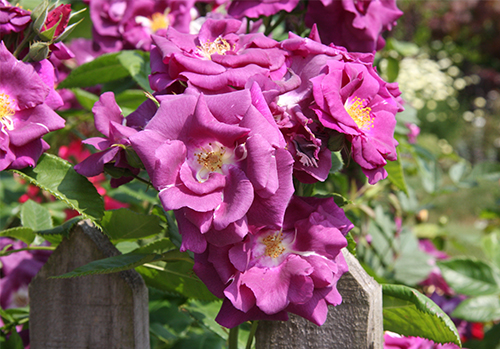
The bush is well thickened, reaches a height of 80 - 165 cm, width - 60 cm. Shoots are vertical, straight, with thorny thorns. Leaves are medium, light green in color with a glossy sheen.
The flowers are medium-sized, semi-double, 5-6 cm in diameter, contain about 20 petals and are evenly scattered over the bush. The shape of the flowers changes during the flowering process from a conical bud to a flat-cupped bud. Rhapsody in Blue surprises with a combination of purple-violet petals with a white open center and golden yellow stamens. Roses are collected in clusters of 3 - 7 buds. Depending on external conditions (weather, landing site, lighting), the petals can be purple or purple-blue. When blooming, the flowers have a gray-blue tint.
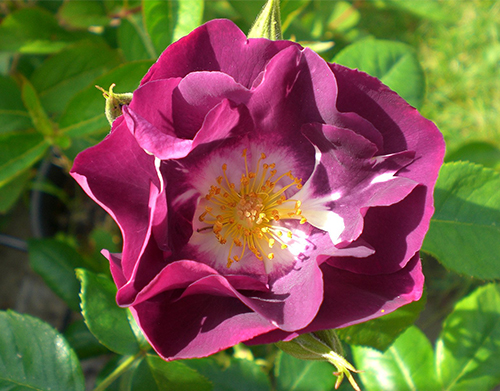
Abundant flowering begins in June. Consists of two long waves with a break of about a month. Roses are very fragrant, with a slight scent of cloves and spices.
This variety is suitable for growing in central Russia, subject to shelter for the winter and planting in a place protected from cold winds. Average frost resistance: USDA zone 6b (up to minus 20 ° C). In general, it behaves differently in different climatic conditions.
This rose is powdery mildew resistant. Resistance to black spot is weak.
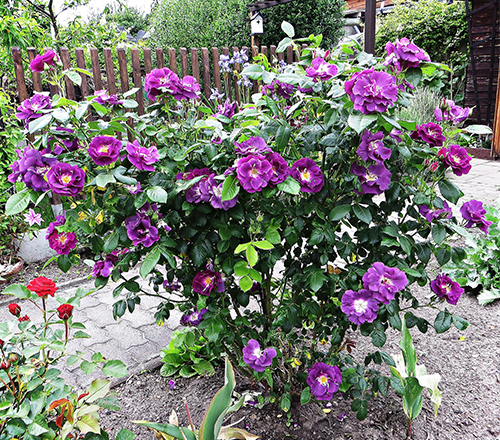
Rhapsody in Blue prefers moderately moist, well-drained soils (easily permeable to air and moisture; for example, loams), rich in humus. It must be protected from direct sunlight. Regular feeding and fertilization are required. Before wintering, you need to prune the shoots.
Advantages of the Rhapsody in Blue variety: unusual color of flowers, unpretentiousness, abundance of flowering, good growth of the bush, resistance to rain.
Disadvantages: flowers fly around quickly; depending on the location, it can change the color of flowers, which does not suit many florists.
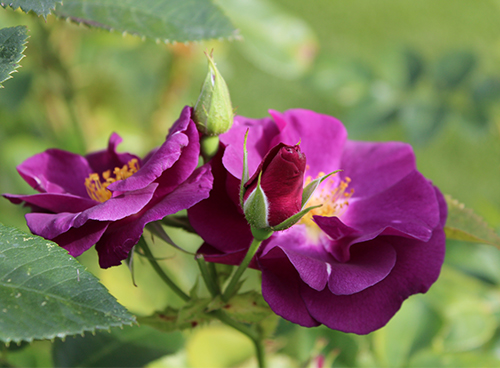
An incredible variety of shades of purple-violet and a large number of flowers in a brush make this variety an unusual decoration for your garden and will not leave you indifferent. It is ideal for single planting, flower beds, landscaping and small rose garden. Good in combination with other plants: hydrangeas, irises and rhododendrons. Rhapsody in Blue is becoming more and more beautiful every year, and over time you will be convinced that an original rose grows in your garden, unlike any other.
Other names for this rose: Rhapsody in Blue, Rhapsody in Blue, Rhapsody in Blue
Many people compare this variety to a rose. 'Blue for you', in which, unlike' Rhapsody in Blue ', the flowers are larger, more aromatic and last longer on the bush, but do not have such a rich color. Often these flowers are planted together in order to emphasize the originality of each of them.
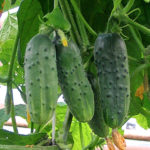

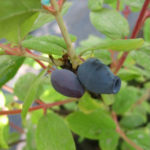
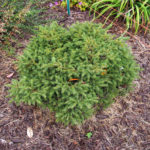
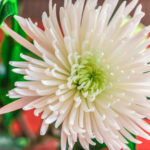
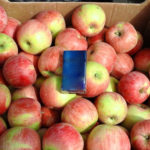



Rose is a complete disappointment. In addition to a beautiful and original color, the variety has practically no advantages. The flowers are loose, they fly around instantly in the sun, the buds cannot stand rain - they rot, the flowering is scarce - in the first wave it is even more or less abundant, but during the second wave, when the very heat begins, the flowering becomes miserable (only a few flowers for the whole rather big bush). Not everything is in order with the health of the variety - it gets sick often and "with pleasure" with everything possible.But the rose winters well, I would even say excellent.
I did not have a complete disappointment, but expected a little different. The shoot is thick and more than 60 - 70 cm long exactly. It has 12 buds, or even more. At the same time, from 1 to 3 flowers are revealed, they last no more than 2 - 3 days. They do not look very impressive because of the semi-double appearance (terry ones would be much more beautiful). It turns out that all the buds on the shoot discolor very quickly. This is frustrating. There was never any decay of buds. Another drawback: chlorosis appeared on the leaves of the autumn shoot. True, this year I did not fertilize roses, but this was not the case on other varieties. Advantages: the colors are striking. At first it is darker, then brightens. The color is not the same as the picture. Not purple, but more to lilac. Maybe because it grows in the sun, I don't know. And the main advantage is aroma. It reminds me of a tea rose, but a little sharper. The smell in the morning and in the evening is clearly audible from 5 to 10 meters in calm weather. It is because of the aroma that I love the flower, outwardly it is not impressive. It's a pity, it fades quickly. Now, at the beginning of November, it has released its last shoot and has blossomed.